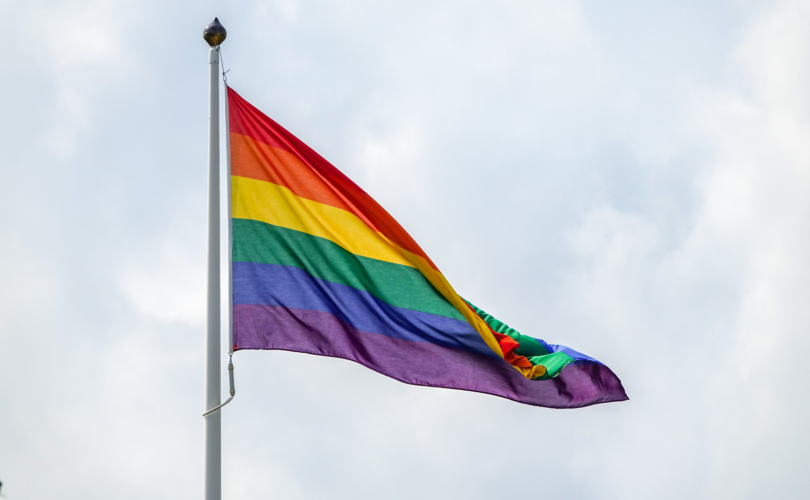According to Dr. Mark Willenbring, MD, Addiction Psychiatry, The most important thing for people who drink is to keep track of their drinking. This is like counting calories or monitoring your weight by getting on the scale. Keeping track every day and sharing it with someone is also very helpful. You want to catch it early, when you’re first starting to see an increase in your drinking and so you need to know what a drink is. You need to know what the safer levels of drinking are, so you have to keep track. I say, know your number if you’re going to be a drinker.
A second strategy is what we call pace and space; that is, when you’re drinking, insert a non-alcoholic beverage between alcoholic beverages. Don’t have more than about one drink every 2 hours. That leaves your blood level at a pretty minimal level, and you’re not going to get significantly impaired. You can take drinking holidays; sometimes that’s a good idea.
Sometimes people need to get away to break the habit and then kind of start over. Drink beverages that have a lower alcohol concentration rather than a high alcohol concentration. So, rather than having a martini, which has on average about two drinks in it for an average-sized martini and gets your blood level up high, you co uld have a gin and tonic that is fairly dilute.
And there’s a product available on the National Institute on Alcohol Abuse and Alcoholism website called Rethinking Drinking, which is a product for people who want to drink but they want to drink safely. So it’s a wellness product.
The most important thing for people who drink is to keep track of their drinking. This is like counting calories or monitoring your weight by getting on the scale. Keeping track every day and sharing it with someone is also very helpful. You want to catch it early, when you’re first starting to see an increase in your drinking and so you need to know what a drink is. You need to know what the safer levels of drinking are, so you have to keep track. I say, know your number if you’re going to be a drinker.
A second strategy is what we call pace and space; that is, when you’re drinking, insert a non-alcoholic beverage between alcoholic beverages. Don’t have more than about one drink every 2 hours. That leaves your blood level at a pretty minimal level, and you’re not going to get significantly impaired. You can take drinking holidays; sometimes that’s a good idea.
Sometimes people need to get away to break the habit and then kind of start over. Drink beverages that have a lower alcohol concentration rather than a high alcohol concentration. So, rather than having a martini, which has on average about two drinks in it for an average-sized martini and gets your blood level up high, you co uld have a gin and tonic that is fairly dilute.
And there’s a product available on the National Institute on Alcohol Abuse and Alcoholism website called Rethinking Drinking, which is a product for people who want to drink but they want to drink safely. So it’s a wellness product.




